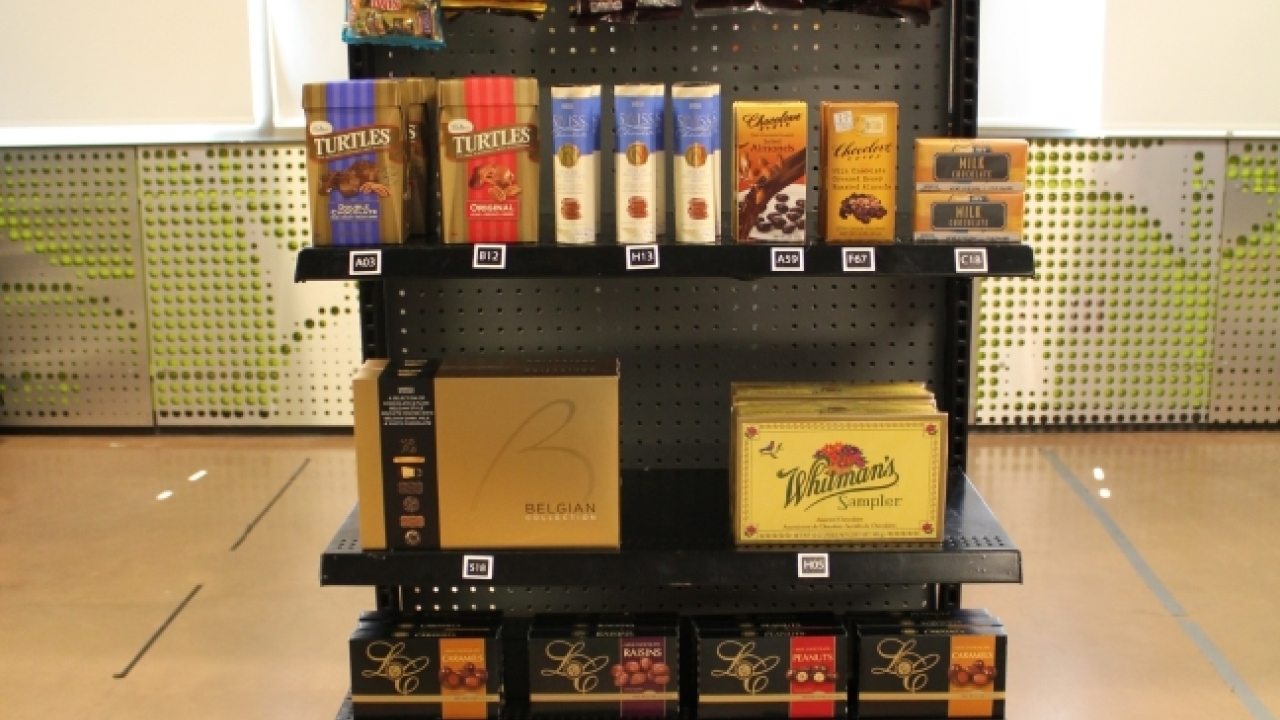Study reveals brand impact delivered through packaging
New research from Package InSight at Clemson University has highlighted the impact on customers of foils and laminates on packaging, with consumers showing a preference for luxury chocolate packs that have been foiled or laminated.

The study, ‘Brand impact delivered through packaging’, was undertaken at Clemson University’s CUshop Consumer Experience Laboratory, and examined the on-shelf impact of metallic materials by fitting 70 participants – serving as shoppers – with state-of-the-art eye-tracking glasses that recorded their eye movements while they selected products from a shelf. From this, researchers were able to analyse the nonconscious signals that informed participants’ behaviour and purchasing decisions.
The study found that, for both Belgian and Swiss luxury chocolates, participants’ gazes fixated significantly more often – and for significantly longer periods – on foiled and laminated versions of the packs than on versions without metallic treatment. More importantly, participants were more likely to select and purchase the metalized packs than their identical but un-metalized counterparts. A further interview segment of the study then shone light on why participants favored the foiled and laminated packs, with a consensus emerging that these treatments added a premium feel to the chocolate that was suggestive of higher quality products.
Richard Burhouse, commercial director at API, the study’s sponsor, commented: ‘Package InSight’s academic rigor and methodology have enabled us to offer brand owners and designers valuable new insights into consumer preferences when purchasing premium chocolate – an increasingly crowded and competitive market.
‘The study provides quantitative data on the impact of foils in delivering brand and shelf impact. It is clear from the results that, applied intelligently, foil can significantly boost the chances of luxury chocolate products in a retail store environment – a finding that could have a great impact on the future of luxury packaging.’
Stay up to date
Subscribe to the free Label News newsletter and receive the latest content every week. We'll never share your email address.

